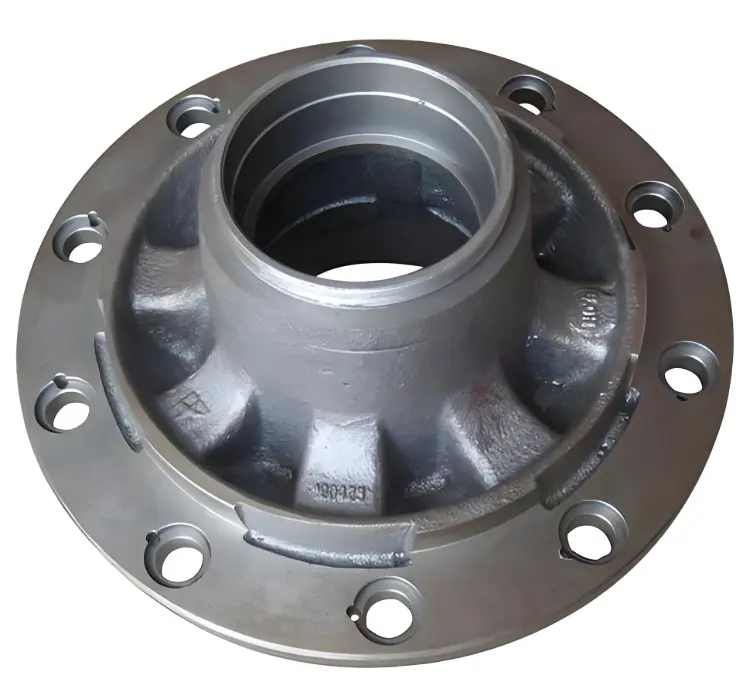Advantages and Disadvantages of Sand Casting Process:The basic raw materials for ordinary sand casting are casting sand and sand binder. The most commonly used casting sand is siliceous sand. When the high temperature performance of silica sand cannot meet the use requirements, special sands such as zircon sand, chromite sand, and corundum sand are used. The most widely used sand binder is clay. Various drying oils or semi-drying oils, water-soluble silicates or phosphates, and various synthetic resins can also be used as sand binders.
The sand molds used in sand casting are divided into three types: clay wet sand molds, clay dry sand molds, and chemically hardened sand molds according to the binders used in the sand and the way they build strength.
Sand casting is the most popular and simplest type of casting that has been used for centuries. Sand casting is a sand casting process used to manufacture large parts such as gray cast iron, ductile iron, stainless steel, and other types of steel. The main steps include process design, mold making, core making, molding, melting and pouring, cleaning, etc.
Selection of process parameters
1. Processing allowance
The so-called processing allowance refers to the surface of the casting that needs to be cut. A certain amount of processing allowance should be reserved in advance. Its size depends on many factors such as the type of casting alloy, molding method, casting size and the position of the processing surface in the mold.
2. Die draft
In order to make it easier to remove the pattern from the mold, the slope added to the vertical wall perpendicular to the parting surface is called the die draft.
3. Casting fillet
In order to prevent stress and cracks from occurring at the connection and corners of the wall of the casting, and to prevent damage to the sharp corners of the mold and the formation of sand holes, when designing the casting, the connection and corner parts of the casting wall should be designed as fillets.
4. Core head
In order to ensure the positioning, fixing and exhaust of the core in the mold, the core head should be designed for the pattern and the core.
5. Shrinkage allowance
Due to the cooling shrinkage of the casting after pouring, this part of the shrinkage size should be added when making the pattern.
Advantages:
1. Clay resources are abundant and cheap. Most of the used clay wet sand can be recycled after proper sand treatment;
2. The cycle of making castings is short and the work efficiency is high;
3. The mixed molding sand can be used for a long time;
4. It has a wide adaptability. Small parts, large parts, simple parts, complex parts, single parts and large batches can be used;








